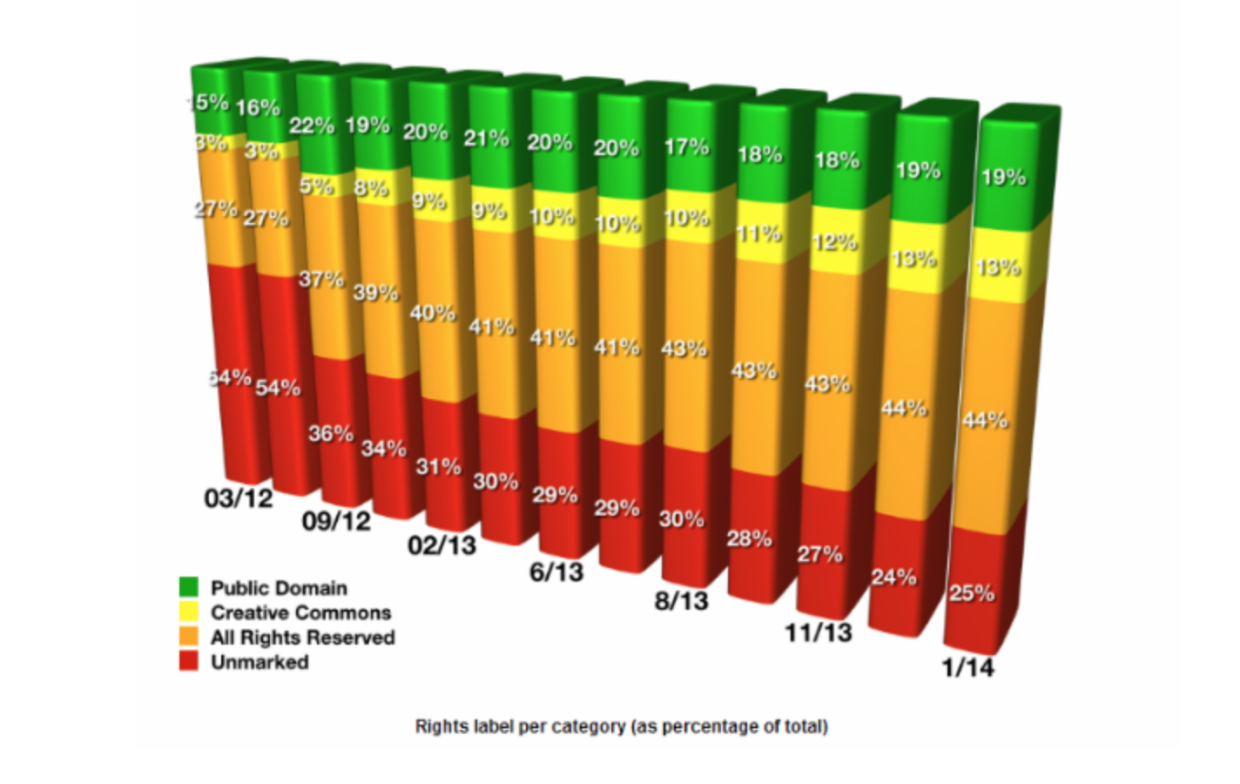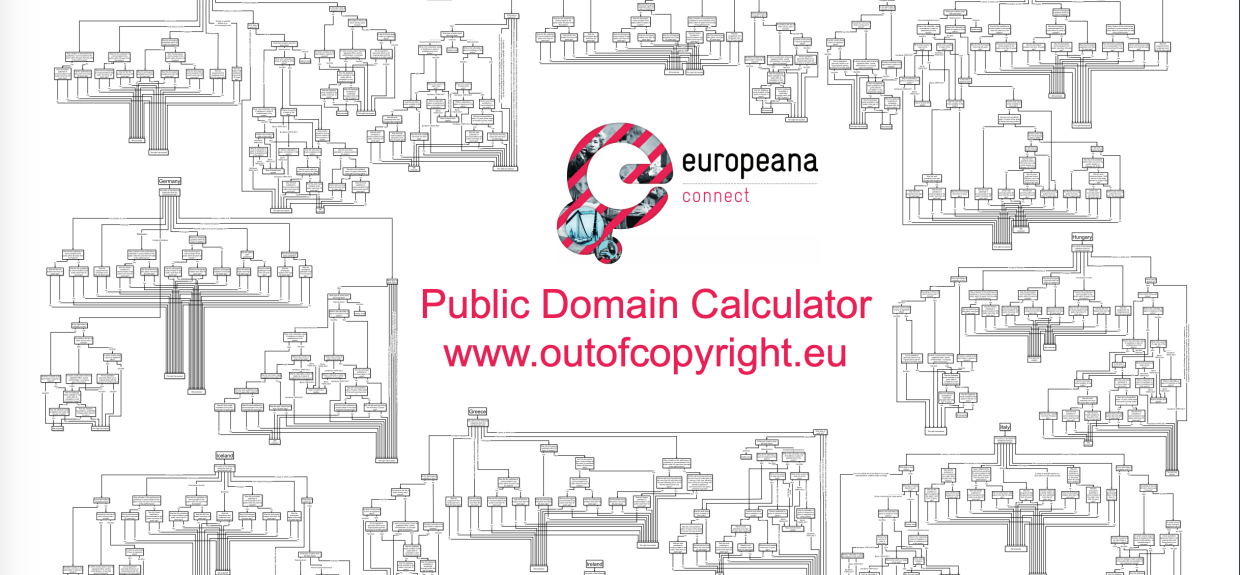A legacy of the 2013 rights labelling campaign, starting in the same year, was the embedding in the data ingestion process of checks and balances to detect and address the most significant issues raised in the 2012 research. Issues such as claiming copyright on a public domain work - going against the principles embedded in the Europeana Public Domain Charter that digitisation should not create any new rights. But the recent research has shone a light of a different set of issues, the misuse - a harsh but accurate term - of Creative Commons tools and licences.
So we have seen first hand over these years that cultural heritage institutions struggle with applying accurate rights statements to their digital objects. And that this challenge does not seem to be going anywhere soon. At this week’s Creative Commons Summit, Lisette Kalshoven - who in previous roles at Kennisland co-authored all of the research into accuracy of rights in Europeana data - will be addressing this very issue - How do we get more accurate rights statements from GLAMs? (Take a look - the Summit is jam packed full of great sessions).
We can also see that it’s a conversation that is wider than Europeana, our data partners and Network Association members. For us it’s a familiar conversation, but perhaps it’s new to you; so let’s take a look back on what we have learned in seven years, how we bring that experience forward throughout 2019 and perhaps give you an insight into why we took 18 months to finish that very first rights campaign.
#1 Consistency is our best friend
My colleagues in the Data Partner Services Team are responsible for working with you, our data partners, to review, refine and publish their data. It’s also their role to raise issues of accuracy. Over the years, the amount of data they handle and the number of data partners have increased significantly, and the people in the team have changed, but the criteria for achieving accurate rights information has always been consistent. Our Publishing Guide - first developed in 2014 - aligns our working practices with the standards, such as the Licensing and Publishing Frameworks, that we use, establishing the acceptance criteria for data.
In 2019 we continue our conversations around rights but with a new focus on the accuracy of how Creative Commons tools and licences are used, to address the inaccuracies that stem from their misuse. To support the Data Partner Services Team, who received copyright training by Kennisland earlier this year, the Publishing Guide will be updated to more clearly define how we approach improving accuracy with Creative Commons tools and licences.
#2 Our priorities are not (often) your priorities, we must narrow that gap
I think we can agree, no-one actually wants rights information for their digital objects & collections to be inaccurate. However our ambitions over the years to address this haven’t always aligned with the priorities of our data partners. Challenged by a lack of resources, time and often lack of access to expertise, we have learned to anticipate that our data partners will need (a lot of) time to respond to rights queries.
What we think is a simple query to solve, often takes months to work its way through organisational processes. But it’s important to get it right, so in 2019, we’re going to explore ways to better match our ambition addressing inaccuracies in rights information with your priorities, such as aligning them with updates to your datasets. We also have some incentives for partners wanting to improve their rights information, as accuracy of the rights statement becomes a factor in determining where and how we can share your high quality data.



